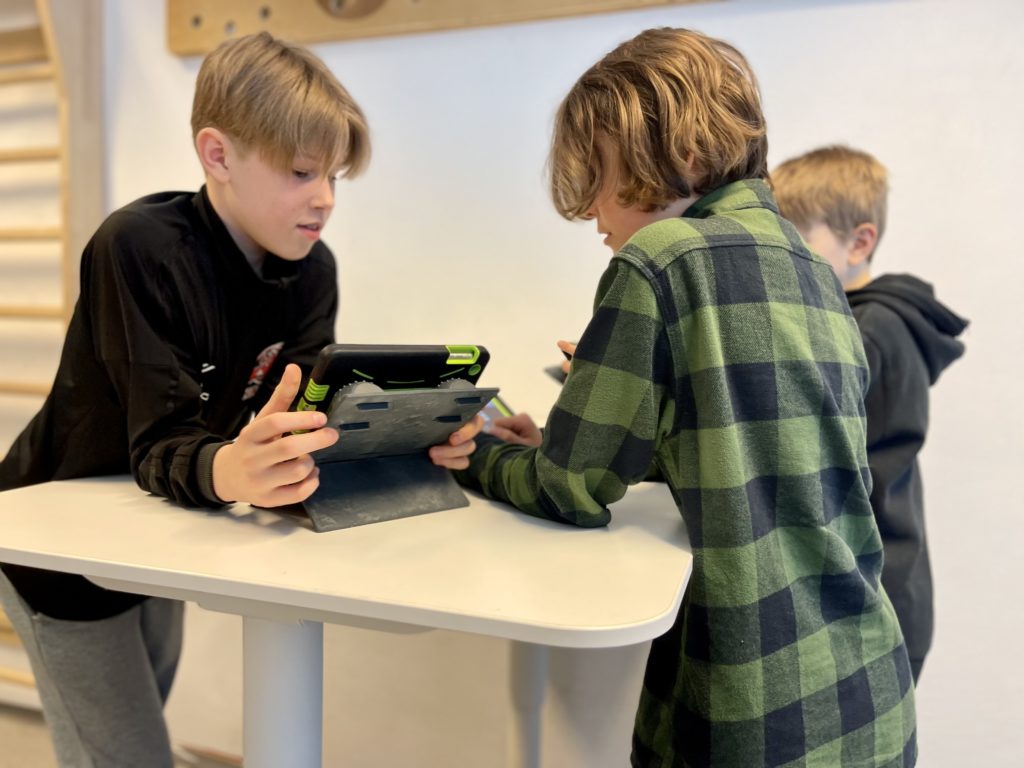Educational institutions are increasingly investing in ergonomic furniture to create healthier, more effective learning environments. This shift reflects growing recognition that properly designed furniture supports physical wellbeing, improves concentration, and accommodates diverse teaching methods. Schools and universities are finding that ergonomic solutions help reduce discomfort, support natural movement, and ultimately contribute to better academic outcomes while potentially reducing long-term costs associated with health issues and furniture replacement.
Understanding the shift toward ergonomic furniture in education
Educational institutions are moving away from rigid, one-size-fits-all furniture toward adaptable ergonomic solutions that support students’ physical needs and modern teaching approaches. This transition represents a fundamental rethinking of learning environments.
Traditional school furniture – often designed for economy and durability rather than comfort – is being replaced with options that accommodate natural movement and proper posture. Educational leaders now understand that furniture plays a significant role in creating spaces where students can focus, engage, and learn effectively.
This shift aligns with broader educational trends emphasizing student-centered learning and inclusive environments. As teaching methods evolve to include more collaboration, technology integration, and varied learning activities, the physical environment must adapt accordingly. Ergonomic furniture provides the flexibility needed to support these diverse approaches while maintaining student comfort and wellbeing.
How does ergonomic furniture impact student learning outcomes?
Properly designed ergonomic furniture directly impacts learning by improving students’ concentration and engagement during lessons. When students are physically comfortable, they can focus on learning rather than distracting discomfort.
Ergonomic seating that allows for natural movement helps maintain alertness throughout the day. Research shows that mild physical activity, even just shifting position, helps keep the brain engaged. This is particularly important for younger students and those with attention challenges who may struggle with sitting still for extended periods.
Furniture that adjusts to different body sizes also creates more inclusive classrooms where all students can participate comfortably. This accessibility factor is especially important in classrooms with diverse student populations. When everyone can sit, stand, or move in ways that suit their physical needs, the focus remains on learning rather than managing discomfort.
Additionally, ergonomic classroom setups facilitate better interaction between students and teachers. Furniture that can be easily reconfigured supports varied teaching methods from lectures to group work to individual study, allowing educators to choose the most effective approach for each learning objective.
What health benefits do students gain from ergonomic classroom setups?
Students in ergonomically designed classrooms experience significant physical health advantages, most notably improved posture and reduced discomfort during learning activities. These benefits are particularly important during developmental years when spine and musculoskeletal habits are forming.
Ergonomic furniture helps prevent the forward head posture and rounded shoulders that commonly develop when students use ill-fitting chairs and desks. By supporting proper alignment, these solutions reduce strain on the neck, shoulders, and back even during extended study periods.
Movement-friendly classroom setups also combat the negative effects of prolonged sitting. Furniture that allows position changes, gentle rocking, or transitions between sitting and standing helps maintain healthy blood circulation and muscle activity. This natural movement reduces stiffness and contributes to better overall physical health.
For growing children and teenagers, adjustable furniture accommodates changing body dimensions, ensuring that support remains appropriate throughout developmental stages. This adaptability helps prevent postural issues that might otherwise develop when using fixed-size furniture for extended periods.
How are active learning environments reshaping classroom design?
Active learning approaches are transforming classrooms from static, lecture-oriented spaces into dynamic, movement-friendly environments supported by versatile furniture. This shift acknowledges that physical movement and varied postures can enhance learning rather than detract from it.
Modern educational spaces now incorporate furniture that can be quickly reconfigured to support different teaching formats. Lightweight, mobile chairs and desks allow quick transitions between lecture arrangements, small group configurations, and individual work zones. This flexibility enables teachers to adapt the physical environment to suit their instructional approach without wasting valuable class time.
Height-adjustable surfaces accommodate both sitting and standing options, giving students freedom to change positions throughout the day. Seating and standing options with gentle movement features allow for fidgeting and postural changes that keep bodies and minds engaged rather than restrained.
These active classroom designs also include varied seating zones that support different learning preferences and activities. Soft seating areas for reading, high tables for collaborative projects, and traditional desk arrangements for focused work give students appropriate settings for different tasks, recognizing that no single setup works best for all learning activities.
What financial considerations drive ergonomic furniture investments?
Educational institutions find that investing in quality ergonomic furniture often delivers long-term cost benefits despite higher initial purchase prices. This value-based perspective has become increasingly important in budget planning for schools and universities.
Durability is a primary financial driver, as high-quality ergonomic options typically outlast conventional furniture. The ability to withstand continuous use and frequent reconfiguration means replacement cycles can be extended, reducing lifetime furniture costs despite higher upfront investment.
Health-related savings also factor into financial decisions. Schools report potential reductions in staff absenteeism when proper ergonomic solutions are implemented. Similarly, students experiencing less physical discomfort may have fewer health-related absences, contributing to better attendance patterns and potentially improved educational outcomes.
Additionally, flexible furniture that adapts to changing educational needs can eliminate costs associated with complete classroom overhauls when teaching methods evolve. Adaptable solutions that serve multiple purposes provide better value than single-purpose items that might become obsolete as educational approaches change.
Key takeaways for creating ergonomic educational spaces
When planning ergonomic updates for educational environments, prioritize flexibility and movement to create spaces that truly support learning. The most successful implementations address both physical comfort and pedagogical needs.
Start with seating that allows for natural movement and adjusts to different body sizes. Consider solutions that permit easy transitions between sitting and standing positions to accommodate varied learning activities and personal preferences.
Look for furniture that can be quickly reconfigured to support different teaching approaches. Mobile, lightweight options allow spaces to transform from lecture settings to collaborative workspaces without disrupting valuable class time.
Remember that ergonomic improvements don’t need to happen all at once. Many schools find success with phased implementations, starting with areas where needs are greatest or testing approaches in pilot classrooms before broader rollout.
We at Gymba understand the unique challenges educational institutions face when creating active, healthy learning environments. Our ergonomic solutions are designed to integrate seamlessly into educational settings, supporting natural movement and proper posture while standing up to the demands of busy school environments. By focusing on products that encourage activity during learning, we help create spaces where students can stay comfortable, focused, and engaged throughout the school day.

